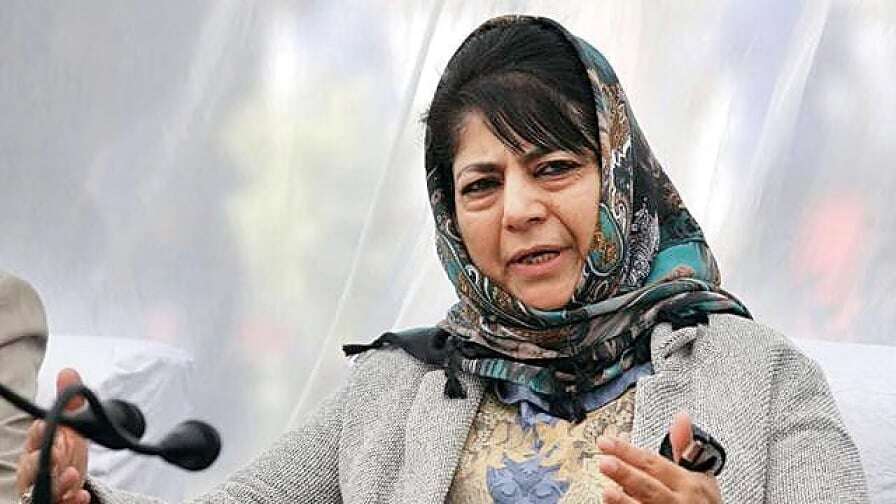India News
MP: 3 arrested in Harda firecracker factory
According to police, two owners of the firecracker factory were arrested in the case from Sarangpur in Rajgarh district.
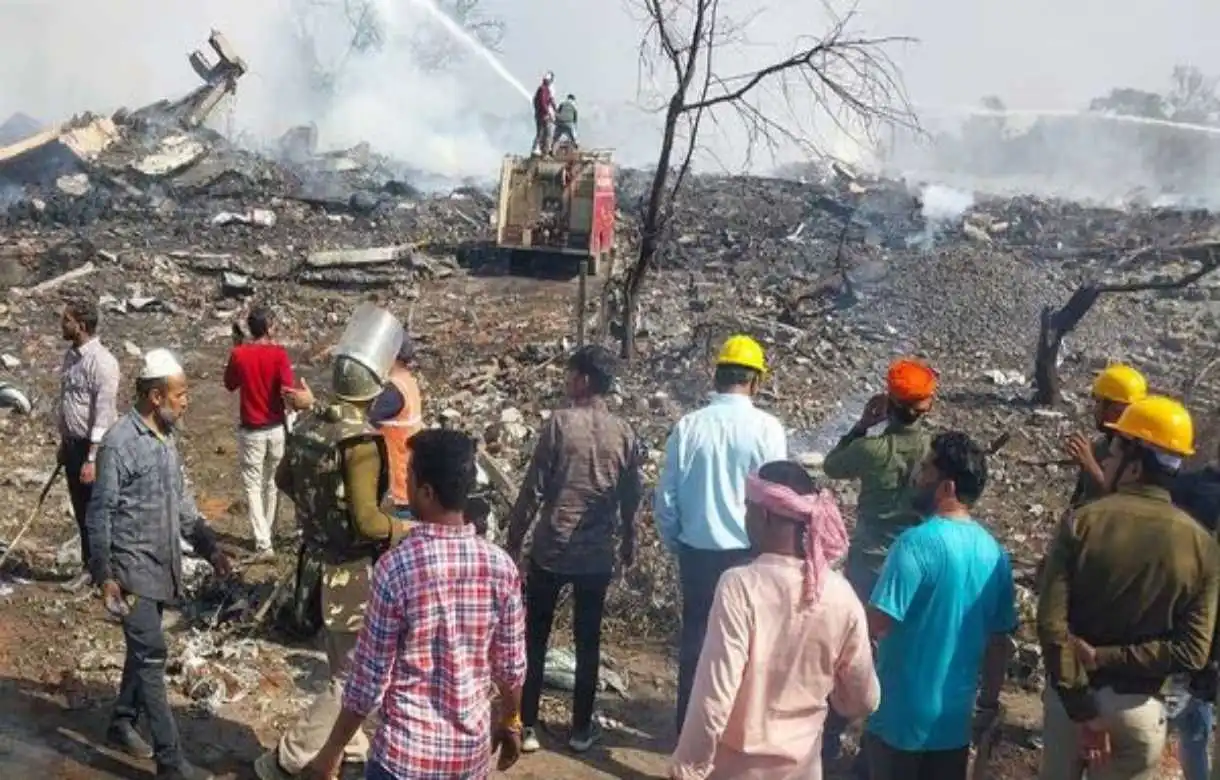
India News
Delhi lifts GRAP-4 pollution curbs as air quality shows improvement
Delhi has lifted GRAP-4 pollution curbs after air quality improved, though officials warn that AQI levels could rise again in coming days.
India News
Unnao rape survivor meets Rahul Gandhi amid protest over court relief to Kuldeep Sengar
The Unnao rape survivor met Rahul Gandhi in Delhi amid protests against court relief to convicted former MLA Kuldeep Singh Sengar, alleging mistreatment during the demonstration.
India News
Jammu and Kashmir High Court rejects Mehbooba Mufti’s plea on undertrial prisoners, calls it politically motivated
The Jammu and Kashmir High Court has rejected Mehbooba Mufti’s PIL on undertrial prisoners, stating it was politically motivated and lacked factual basis.
-
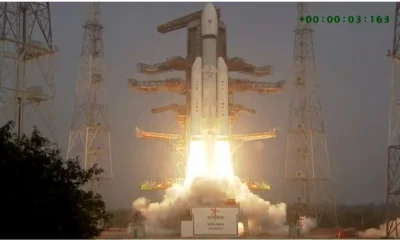
 India News17 hours ago
India News17 hours agoIndia’s LVM3 Baahubali rocket launches heaviest satellite ever from Indian soil
-
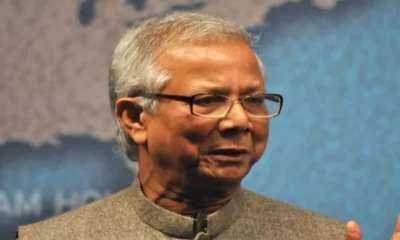
 Latest world news17 hours ago
Latest world news17 hours agoBangladesh student leader killing sparks allegation against Yunus-led interim government over February polls
-

 India News10 hours ago
India News10 hours agoJammu and Kashmir High Court rejects Mehbooba Mufti’s plea on undertrial prisoners, calls it politically motivated
-

 India News13 hours ago
India News13 hours agoNitin Gadkari flags Delhi air pollution, says two-day stay causes infection
-
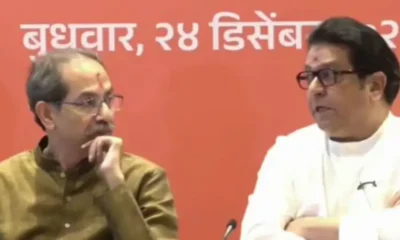
 India News13 hours ago
India News13 hours agoThackeray cousins reunite for Mumbai civic polls, announce Shiv Sena UBT–MNS alliance
-
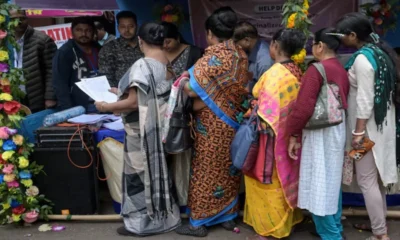
 India News17 hours ago
India News17 hours agoOver 24 lakh voters dropped from Kerala draft electoral roll after special revision
-

 India News8 hours ago
India News8 hours agoUnnao rape survivor meets Rahul Gandhi amid protest over court relief to Kuldeep Sengar
-

 India News8 hours ago
India News8 hours agoDelhi lifts GRAP-4 pollution curbs as air quality shows improvement





